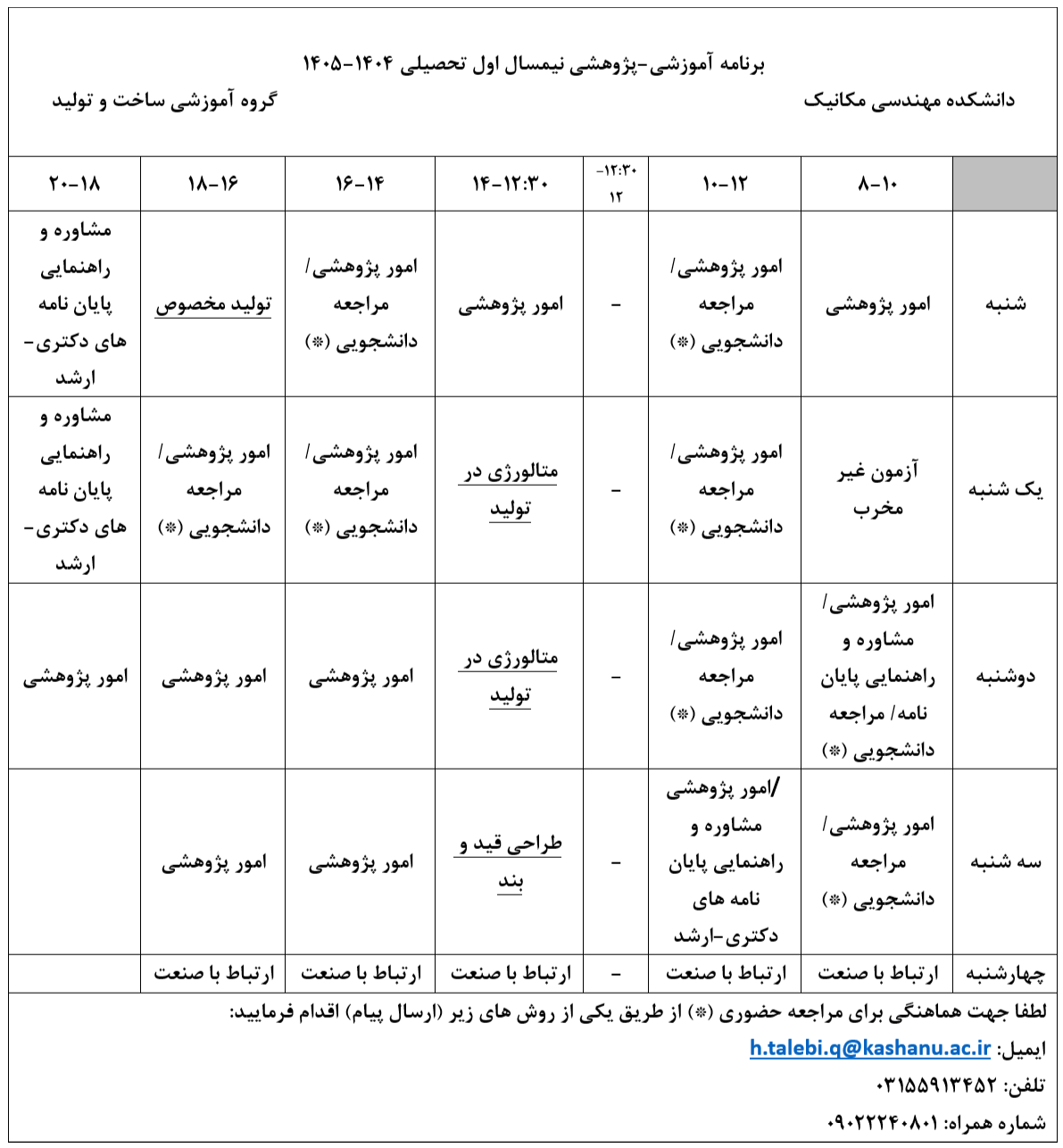| نویسندگان | مجید الیاسی,فرزاد احمدی خطیر,حسین طالبی قادیکلائی,وحید مدانلو |
|---|---|
| نشریه | International Journal of Lightweight Materials and Manufacture |
| شماره صفحات | 233 |
| شماره مجلد | 7 |
| ضریب تاثیر (IF) | ثبت نشده |
| نوع مقاله | Full Paper |
| تاریخ انتشار | 2023-10-26 |
| رتبه نشریه | علمی - پژوهشی |
| نوع نشریه | الکترونیکی |
| کشور محل چاپ | ایران |
| نمایه نشریه | SCOPUS |
چکیده مقاله
This study introduces a new rotary draw bending method that utilizes a variable curvature bending die. Unlike traditional methods that bend tubes with a fixed radius, this method gradually deforms the tube from a large to a small radius. The curvature of the bending die is determined by using an involute curve as the equation for the geometric location of the variable curvature. Hydroforming technology, utilizing fluid under pressure, replaces the mandrel in the rotational tensile bending process. The research was conducted using a thin-walled AA6063 tube with a 13.88 diameter-to-thickness ratio. The bending process was examined at critical bending ratios of 1 and 1.6 times the diameter, with a 90° bending angle. The maximum pressure that can be applied in any bend radius ratio was predicted using the necking criterion. The simulation and experimental tests analyzed the effects of internal fluid pressure and bend die curvature on defects such as wall thinning in the outer curvature of the bend, thickening of the wall in the inner curvature of the bend, and cross-section non-roundness. The results indicate that, at constant pressure, the amount of thinning and thickening of the bent tube is significantly improved when using the variable radius bending die compared to the fixed radius die.

